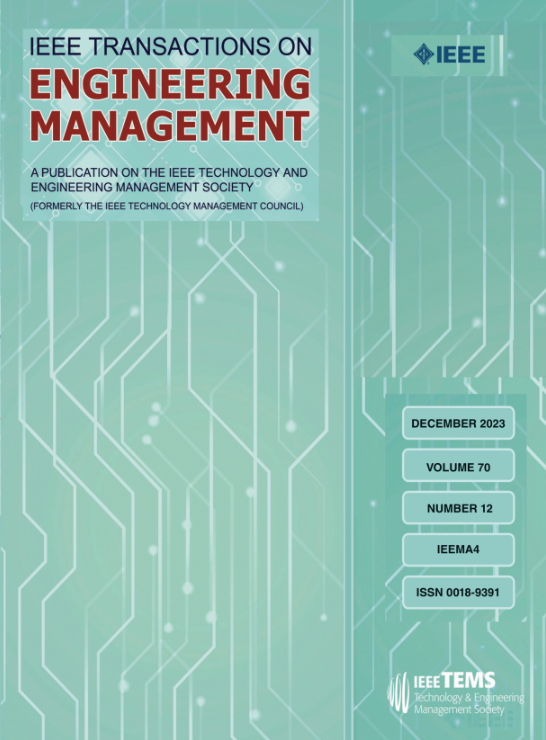Critical Success Factors for Agile Software Development
IF 4.6
3区 管理学
Q1 BUSINESS
引用次数: 0
Abstract
Agile project management has gained substantial popularity in the IT sector over the years, particularly among software development organizations. The attainment of success in these endeavors hinges on various factors known as “critical success factors” (CSFs), a subject frequently explored in academia. Nonetheless, there is no consensus regarding their impact on agile software development. To address this gap, in this article, we aim to recognize and analyze CSFs in software development projects executed using agile methodologies. The study identifies 25 CSFs categorized into five categories based on the recent literature findings. A structured survey with seven-point Likert scale questionnaires is conducted among agile software development professionals, resulting in 121 valid responses. These responses are analyzed using structural equation modeling. The findings highlight that all constructs formed within the CSFs significantly contribute to the success of agile software development projects. Moreover, the study reveals that the positive effects of these CSFs on success follow a descending order: Project factors, people factors, organizational factors, process factors, and cultural factors. Intriguingly, when these CSFs are considered as a second-order construct, their impact is even more pronounced, suggesting a synergistic relationship among these elements. This research addresses a crucial scientific aspect in project management literature and also introduces a novel yet theoretically grounded model. The study demonstrates strong validity, reliability, and explanatory capabilities (56.1%) concerning the phenomenon. Additionally, it contributes to the discussion on CSFs by pinpointing statistically significant factors and gauging their individual and collective influence on the success of agile software development projects.敏捷软件开发的关键成功因素
多年来,敏捷项目管理在 IT 行业,尤其是软件开发组织中大受欢迎。这些努力能否取得成功,取决于各种被称为 "关键成功因素"(CSFs)的因素,这也是学术界经常探讨的一个话题。然而,关于这些因素对敏捷软件开发的影响还没有达成共识。为了弥补这一不足,我们在本文中旨在认识和分析使用敏捷方法执行的软件开发项目中的 CSFs。本研究根据最近的文献研究结果,将 25 个 CSFs 分成五类。我们对敏捷软件开发专业人员进行了七点李克特量表结构化问卷调查,共收到 121 份有效回复。采用结构方程模型对这些答复进行了分析。研究结果表明,在 CSF 中形成的所有构造都对敏捷软件开发项目的成功做出了重要贡献。此外,研究还揭示出这些 CSF 对成功的积极影响依次递减:项目因素、人员因素、组织因素、过程因素和文化因素。耐人寻味的是,当这些 CSF 被视为二阶结构时,它们的影响甚至更加明显,这表明这些要素之间存在协同关系。这项研究解决了项目管理文献中一个重要的科学问题,同时也引入了一个新颖但有理论基础的模型。该研究证明了该现象具有很强的有效性、可靠性和解释能力(56.1%)。此外,本研究还指出了具有统计学意义的因素,并衡量了这些因素对敏捷软件开发项目成功的个体和集体影响,从而为有关 CSF 的讨论做出了贡献。
本文章由计算机程序翻译,如有差异,请以英文原文为准。
求助全文
约1分钟内获得全文
求助全文
来源期刊

IEEE Transactions on Engineering Management
管理科学-工程:工业
CiteScore
10.30
自引率
19.00%
发文量
604
审稿时长
5.3 months
期刊介绍:
Management of technical functions such as research, development, and engineering in industry, government, university, and other settings. Emphasis is on studies carried on within an organization to help in decision making or policy formation for RD&E.
 求助内容:
求助内容: 应助结果提醒方式:
应助结果提醒方式:


